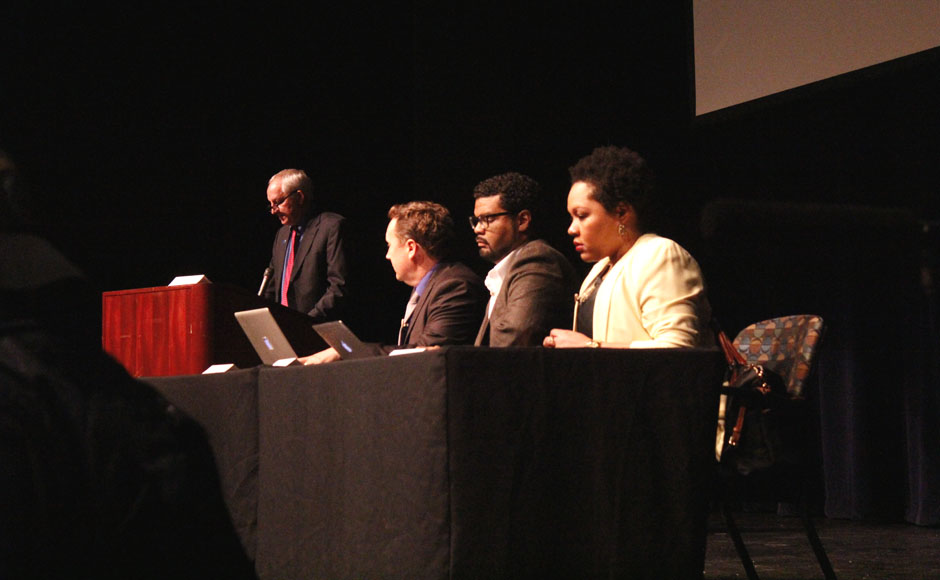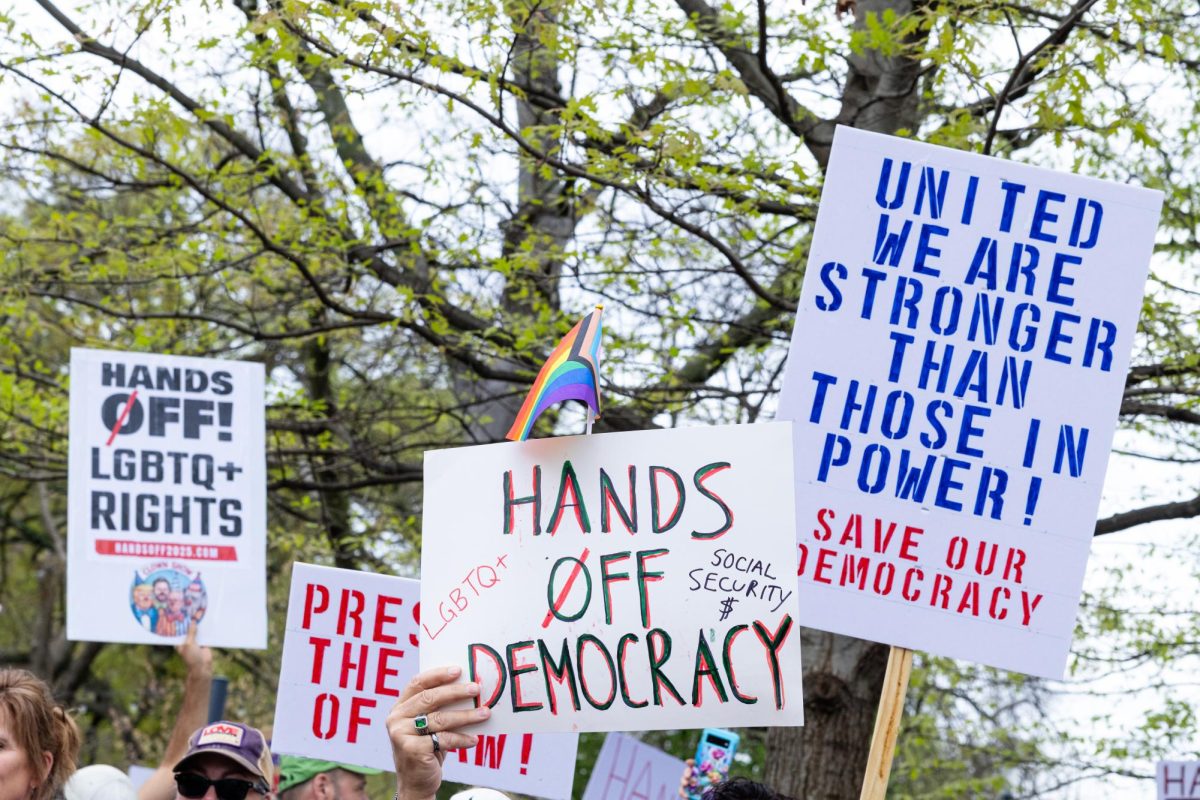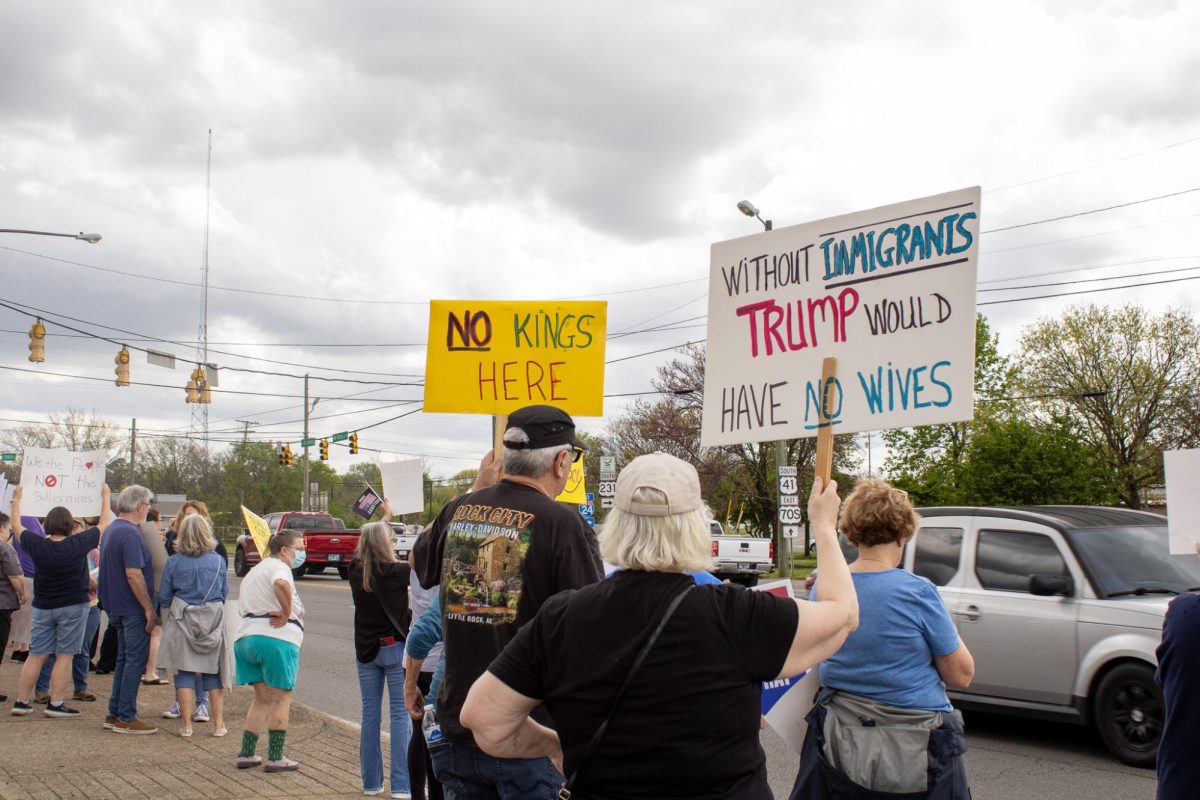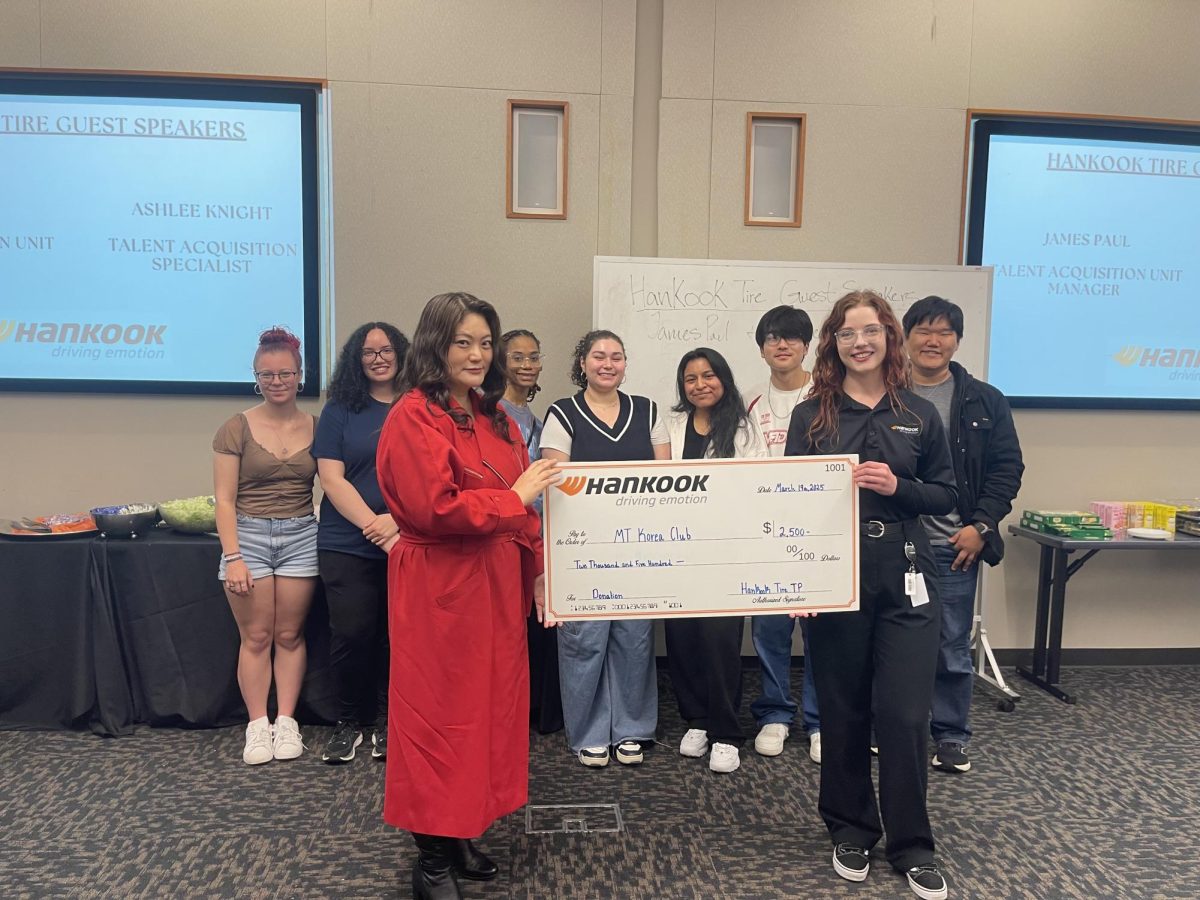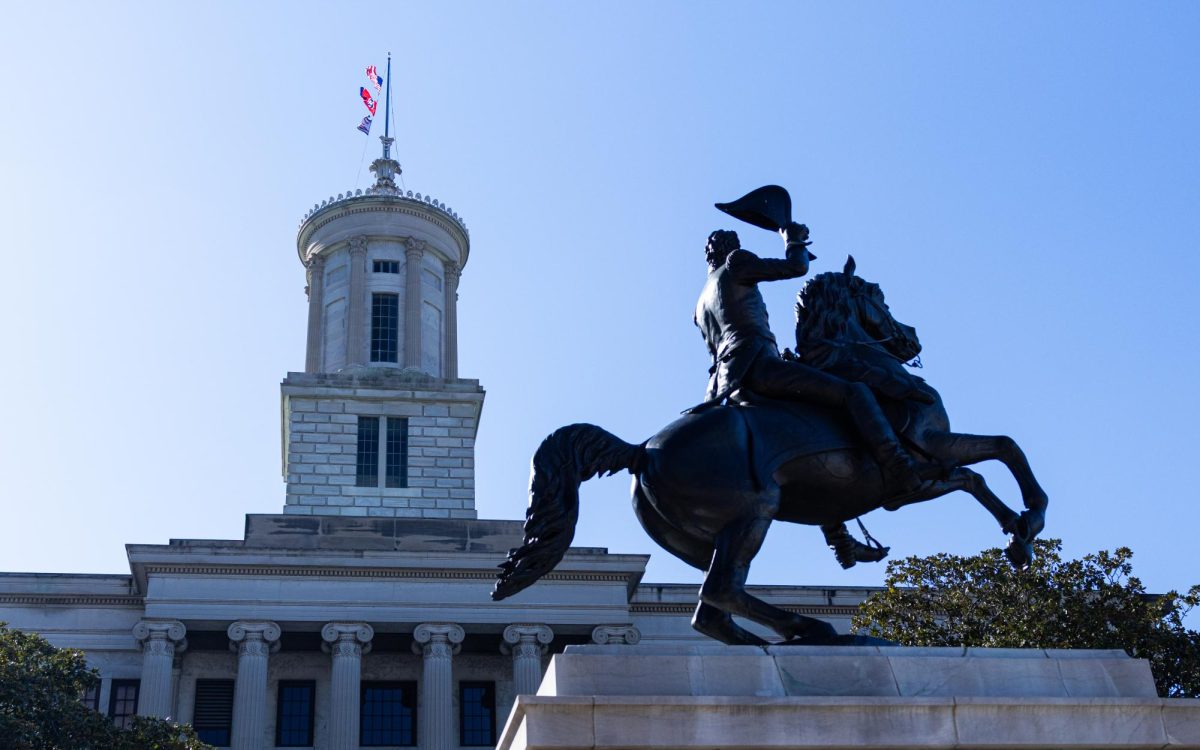Twitter and other social media played a significant role in news coverage of the often violent reactions in the aftermath of last August’s shooting of an unarmed 18-year-old Ferguson, Missouri man by a white policeman.
“It really became a Twitter-based story,” said Antonio French, a St. Louis alderman and active user of social media, who posted some of the earliest images from Ferguson on the day that Michael Brown was fatally wounded.
“It’s hard to talk about Ferguson without it being ‘hashtag Ferguson,’ ” he added during a panel held Tuesday night in Tucker Theatre.
French was one of three insiders who spoke to a nearly standing room only crowd. Joining French to discuss the challenges of reporting from the St. Louis suburb in the sometimes violent aftermath of Brown’s death was St. Louis Post-Dispatch photographer/videographer David Carson and USA Today reporter Yamiche Alcindor.
The audience of mostly students sat in rapt attention as Carson, one of the first professional photographers on the scene, and French shared a sampling of their images. Some of Carson’s photos, such as a policeman firing tear gas at crowds, became iconic, with worldwide distribution. But French’s cellphone photos and videos of the growing unrest also riveted the crowd.
French, a community activist currently serving his second term as city alderman from his home district, was part of Ferguson’s peacekeeping force as well as one of the most active social media reporters for the event. By the time the grand jury’s decision not to indict Ferguson policeman Darren Wilson was announced in November, French said his Twitter feed was being followed by more than 3 million people around the world.
French was arrested for unlawful assembly when the Ferguson protests were first reaching their peak. He opened a community outreach center after the Brown shooting, only to see it burned down in the protests that followed the grand jury report.
“The day I got arrested, (the police) didn’t seem to care,” French said. “At that point they were arresting reporters too.”
Alcindor has been a staff reporter for USA Today since 2011. As a member of the breaking news national team, she also covered the bombing of the Boston Marathon, the shooting at Sandy Hook Elementary in Newtown, Connecticut, and the trial of George Zimmerman in Sanford, Florida.
“Having spent two and a half years covering Sanford, Florida, waiting, everybody was like, ‘Oh there’s going to be riots after George Zimmerman, whatever the verdict is,’ and nothing happened,” Alcindor said. “So to me, as someone coming in nationally, it was like, why is this happening in this place right now?”
In Ferguson, her coverage included interlacing herself within the St. Louis County Police Department’s Tactical Operations Team in order to cover the protests, while also gaining the trust of Brown’s family to obtain their views on the grand jury decision.
“What I really tried to do was find out the impact of the story on human beings,” Alcindor said. “Who lives here, who are the people that are shopping here and what is this family going through having lost their son?”
Alcindor noted that a huge part of covering the protests in Ferguson was the portrayal of various crimes that became a part of and often distracted from the larger picture the protests were intended to paint.
“As much as we called them looters, they were really young, frustrated men. I think it made Ferguson more complex because we like to say, the rioters, the looters and the protestors, but, at least as a reporter, sometimes there was overlap and the people who were ‘looting and rioting,’ they can’t just be called these evil people,” Alcindor said. “We should really seek to be a little more complex with the way we think about those people.”
Carson, who has been with the Post-Dispatch since 2000, said he was honored to speak at a forum sponsored by the John Seigenthaler Chair of Excellence in First Amendment Studies. Tuesday night’s event was the first such program since Seigenthaler’s death last year. His widow, Dolores, and several other family members were in attendance.
“John Seigenthaler was a very important First Amendment person, and I care very deeply about press freedoms,” Carson said. “That’s something he cared about, and I’m very honored to have come down as part of this.”
“[Carson’s work] is great, but he’s also got this presence of mind that separates him from people with iPhones,” said Ken Paulson, Dean of the College of Mass Communication at MTSU. “This was really a digital panel. I was very impressed.”
All three of the panelists fielded questions from audience members at the end of the discussion.
“It’s probably going to be one of the bigger news stories I ever cover in my career,” Carson noted. “I never thought this story would take on the life that it did. I’m proud of the work that I did, I’m proud of what my coworkers did and our entire newsroom responded exceptionally to the circumstances. You know, it’s really great when you see a newsroom come together to tell a story in a community like that.”
For more news and event updates, follow us at www.mtsusidelines.com, on Facebook at MTSU Sidelines, and on Twitter at @Sidelines_News
To contact news editor Meagan White, email newseditor@mtsusidelines.com
To contact Features editor Dylan Skye Aycock, email features@mtsusidelines.com


